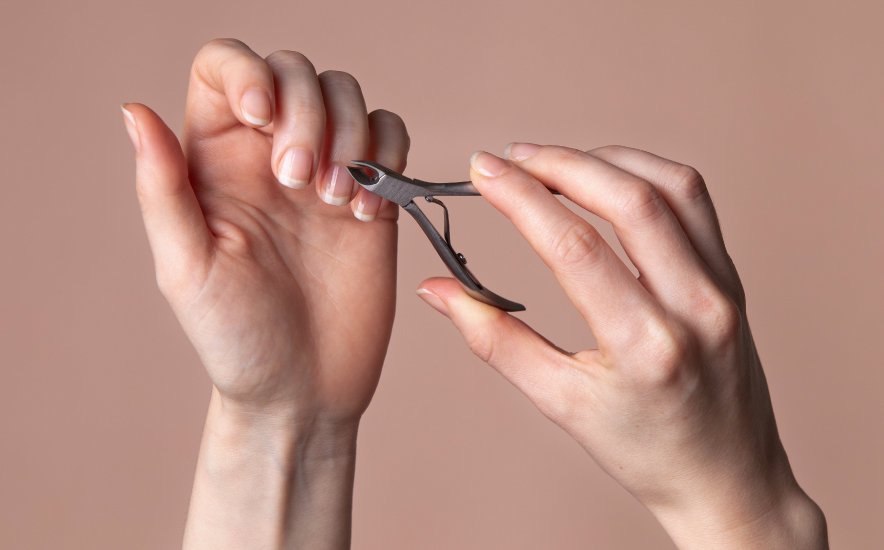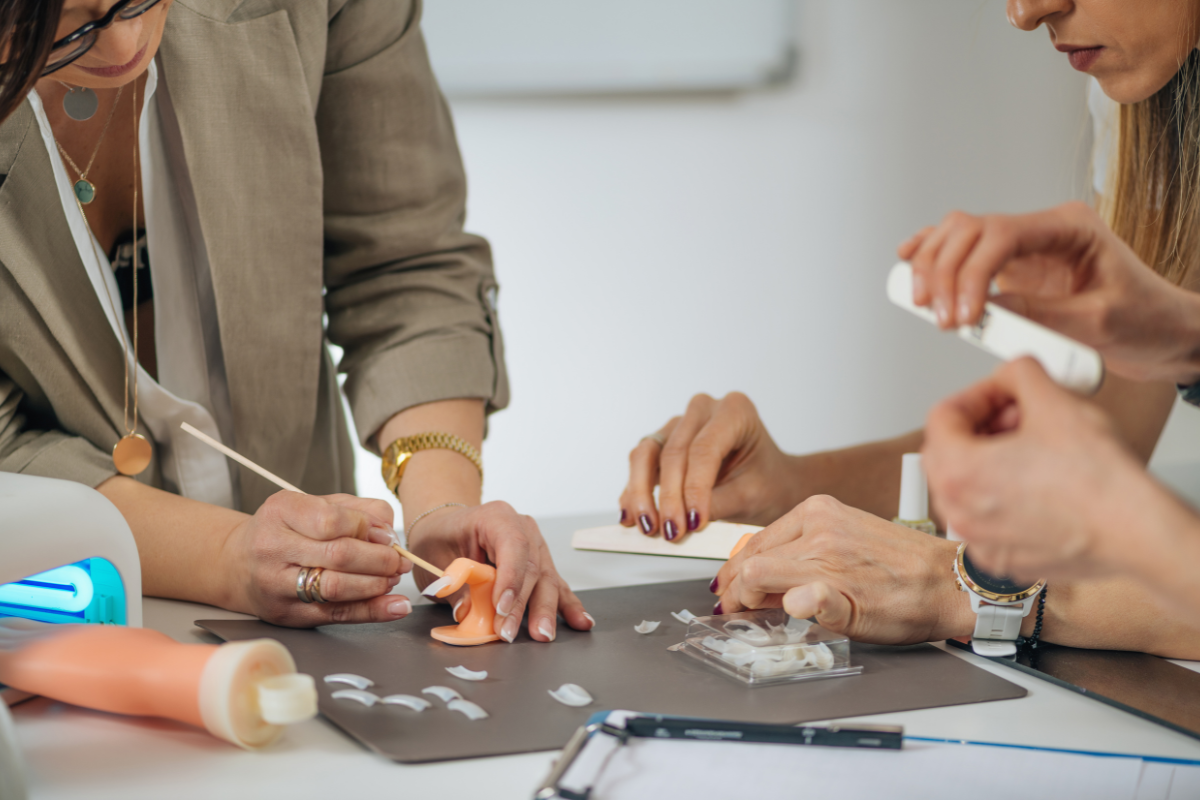There have been a lot of talks going around about how to take care of nails or what nails should be. Different myths and facts that supposedly strengthen or weaken the nails have been going around for a long time.
Keratin, a rigid protein with functional and aesthetic applications, is the substance that makes up human nails. But sorting through the clutter of nail care myths could be difficult. We hope that our inquiry will debunk common misconceptions and offer readers useful guidance on maintaining attractive, healthy nails. Whether you’re an expert in nail care or just curious about this sometimes overlooked aspect of self-care, this article can help you cut through the myths surrounding nails and embrace the knowledge that can enhance your regimen.
Myth 1: Weak nails can be strengthened by eating gelatin.
Myth 2: Shiners must be frequently cleaned off to "give nails a break."
You don’t need to remove your enhancements, as long as your nail technician applies them appropriately and uses high-quality chemicals. You should stay away from this since taking out fake nails could be harmful. Learn from your expert how to properly manage your updates in between sessions to avoid cracks and other indications that the service isn’t working. To keep your nails nourished and protected, buff and apply cuticle oil once a month if you choose not to use paint or other embellishments. This oil can be safely removed when needed.
Myth 3: Steer clear of nail products that include chemicals.
Myth 4: Enhancements deteriorate natural nails.
Myth 5: To increase nail paint's shelf life, keep it cold.
Myth 6: If wet nails are immersed in cold water, they will dry more quickly.
In the salon, this is not how you should be treated by your nail technician. The solvent must be removed from the polish for it to dry. As a result, your device puts you in front of a hot fan.
Myth 7: When filing a natural nail, never travel back and forth.
Myth 8: You need to clip your cuticles to keep your nails healthy.
“Cuticle” refers to the dead skin on the nail plate, whereas “eponychium” refers to the living skin. Cutting eponychium is generally not advised, and in some locations, it is even banned because it tears the living skin that covers the matrix. Infections commonly follow eponychium cutting. Moreover, the tissue that mimics a thicker scar may eventually grow if the eponychium is cut. Alternatively, you can use a liquid cuticle remover or soak your nails in warm water for ten minutes to dissolve the dead skin on top of them. Next, push the skin back with a towel or other soft material.
Final Thoughts
IBI International Beauty Institute offers a platform to address prevalent misconceptions surrounding nail health and care. By equipping students with the knowledge and understanding of these myths and facts, IBI International empowers them to become informed practitioners in the field of nail care and empowers students to challenge misconceptions, embrace best practices, and ultimately, make a positive impact in the field of nail care.




